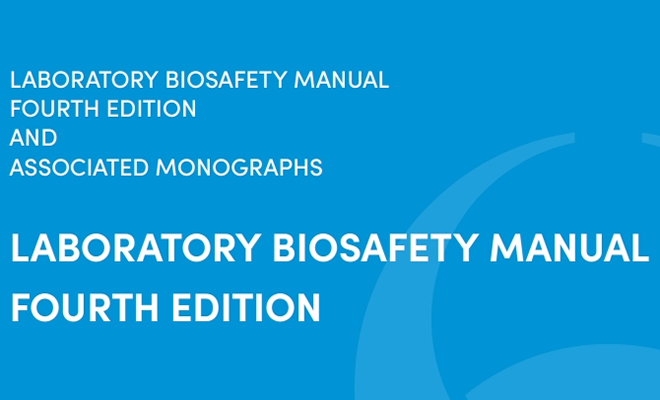
Laboratory Biosafety Manual, 4th edition (PDF)
Noticias Recomendado 15 January 2021En este LINK podrán descargar el PDF de Laboratory Biosafety Manual, 4th edition publicado en la web de la World Health Organization.
Overview
The WHO Laboratory Biosafety Manual (LBM) has been in broad use at all levels of clinical and public health laboratories, and other biomedical sectors globally, serving as a de facto global standard that presents best practices and sets trends in biosafety.
LBM encouraged countries to accept and implement basic concepts in biological safety and to develop national codes of practice for the safe handling of biological agents in laboratories within their geographical borders.
This fourth edition of the manual builds on the risk assessment framework introduced in the third edition. A thorough, evidence-based and transparent assessment of the risks allows safety measures to be balanced with the actual risk of working with biological agents on a case-by-case basis.
This novel evidence- and risk-based approach will allow optimised resource use and sustainable laboratory biosafety and biosecurity policies and practices that are relevant to their individual circumstances and priorities, enabling equitable access to clinical and public health laboratory tests and biomedical research opportunities without compromising safety.
Composition of the manual: how to use LBM4
LBM4 suite consists of the following:
-LBM4 core document
-Subject-specific monographs
- Risk assessment
- Laboratory design and maintenance
- Biological safety cabinets and other primary containment devices
- Personal protective equipment
- Decontamination and waste management
- Biosafety programme management
- Outbreak preparedness and resilience
Readers may wish to start with reading through the LBM4 core document that provides general remarks and overarching concepts that are essential to understand the evidence- and risk-based approach. The risk assessment monograph may be of particular help, especially for those who are not familiar with it, given that a proper risk assessment should always be performed before undertaking any activities and inform risk control measures.
Other monographs were developed in order to accommodate diverse interests and requests for learning more specific details, supplementing the core document. Readers are encouraged to learn the subject explained in each monograph accordingly.
Resources


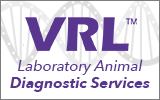



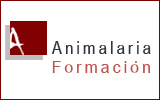









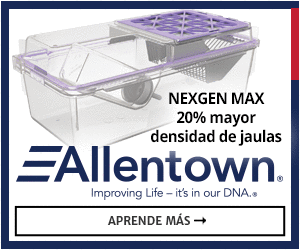
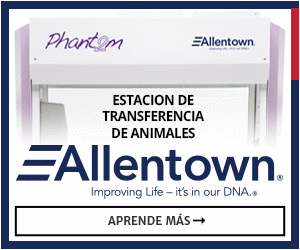

Comentarios